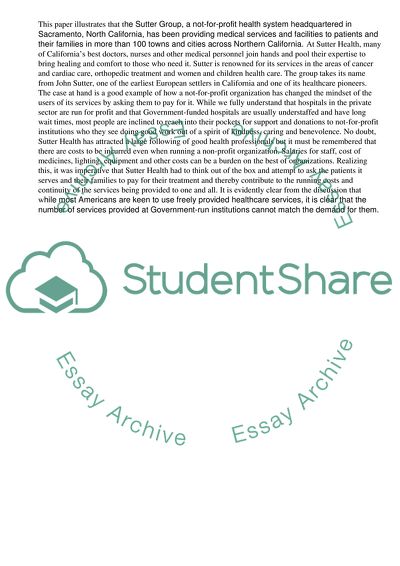Cite this document
(“How One Provider Retooled Its Collections: The California Sutter Research Paper”, n.d.)
Retrieved from https://studentshare.org/management/1591964-sutter-case-study-analysis
Retrieved from https://studentshare.org/management/1591964-sutter-case-study-analysis
(How One Provider Retooled Its Collections: The California Sutter Research Paper)
https://studentshare.org/management/1591964-sutter-case-study-analysis.
https://studentshare.org/management/1591964-sutter-case-study-analysis.
“How One Provider Retooled Its Collections: The California Sutter Research Paper”, n.d. https://studentshare.org/management/1591964-sutter-case-study-analysis.


